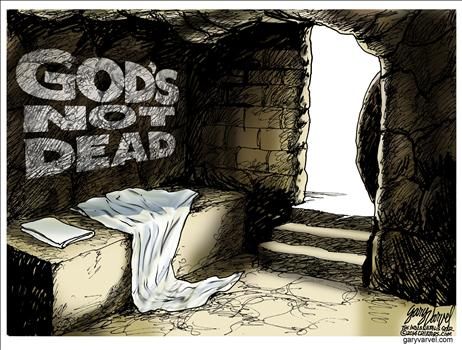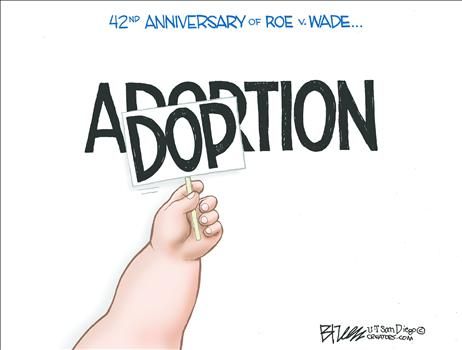It only took six years, but we’re finally starting to see the U.S. economy kick into gear. This isn’t a story of government-directed growth, but the opposite—Washington’s role in the economy starting to shrink after years of Obama administration activism. The private sector is starting to take over.
Let’s start with the positive news.
Economic output soared in the third quarter at a rate of 5 percent. That comes on top of 4.6 percent growth in the second quarter. It appears that the U.S. economy has clawed out of its anemic 2 percent growth rut of the past five years and that we are now shifted into a higher gear with 3 percent-plus as the new normal.
The growth was propelled by a big rise in business investment, up nearly 9 percent, personal consumption up 3.2 percent and exports up 4.5 percent. Government spending, which is a negative for the economy, grew by 4.4 percent thanks to a big rise in military spending, but domestic spending is still restrained.
The news was so good that even the threat that the Federal Reserve will now have an excuse to raise interest rates couldn’t deter the bulls on Wall Street.
What’s generating the growth?
A huge factor has been the fall in energy costs. As the oil price fell from $105 a barrel this summer to close to $70 by September, the cost of oil imports tumbled. Imports fell by nearly 2 percent, and this alone added almost 0.2 percentage points to gross domestic product growth.
Even that badly understates the economic windfall from cheap energy. Production costs fall when energy costs do, so the supply of American-produced non-oil and non-gas products, such as manufactured goods, rise when gas is cheap. With prices lower now in this quarter, the good news story rolls on. Thank you, fracking.
Businesses are clearly feeling less fearful about investing, and some of the negative, wet-blanket effect of Obama’s anti-business, anti-shareholder agenda has dissipated as the Republican Congress repels his worst ideas—cap and trade, minimum wage hikes, new taxes on the energy industry and massive new spending initiatives out of Washington.
Gridlock now looks to be built into the political system for the next two years, and in many ways that’s reassuring.
One troubling feature of the GDP report was that the largest contributor to personal consumption growth was health care spending. This is the Obamacare effect—and the big rise in spending is more concrete evidence that Obamacare is driving the cost curve up, not down. Rising health costs is nothing to celebrate. It’s further evidence that Obamacare is still a giant negative on the real economy, but the betting is Congress will at the least trim back some of its worst features.
Despite the boost in military spending in the last quarter, the biggest story of the U.S. economy over the past three years has been the retrenchment of government spending. Federal spending has fallen from above 23 percent of GDP in 2011 to just under 20 percent of GDP in the last quarter, according to an analysis by Dan Clifton of Strategas, an economic policy consulting firm. This is creating an anti-Keynesian boost to growth, because the government is taking fewer private-sector resources each month.
This recovery from recession is still nearly $2 trillion behind where it should be if we had a Reagan-paced boom. This is still one of the most anemic recoveries, though it is clearly picking up steam. Wages are still flat for most workers.
Republicans could keep growth in the 3 percent to 4 percent range by picking off the low-hanging fruit of economic policy proposals. These include the Keystone XL pipeline, corporate tax reform and slamming the brakes on the Obama regulatory assault. It also would be helpful for Congress to pass a law allowing the repatriation of foreign capital back to the United States at a 5 percent tax rate, to provide even more jobs.
Obama, despite his executive branch power grabs, is mostly a lame duck, and that’s what investors have been waiting for. Businesses and investors now believe that less is more when it comes to Washington. For the most part, they are probably right. This is a recovery that the private sector is creating. And, no, Mr. President, you didn’t build that.
[bold and italics emphasis mine]
(Originally appeared in the Washington Times)
Stephen Moore, who formerly wrote on the economy and public policy for The Wall Street Journal, is chief economist at The Heritage Foundation. Read his research.






No comments:
Post a Comment